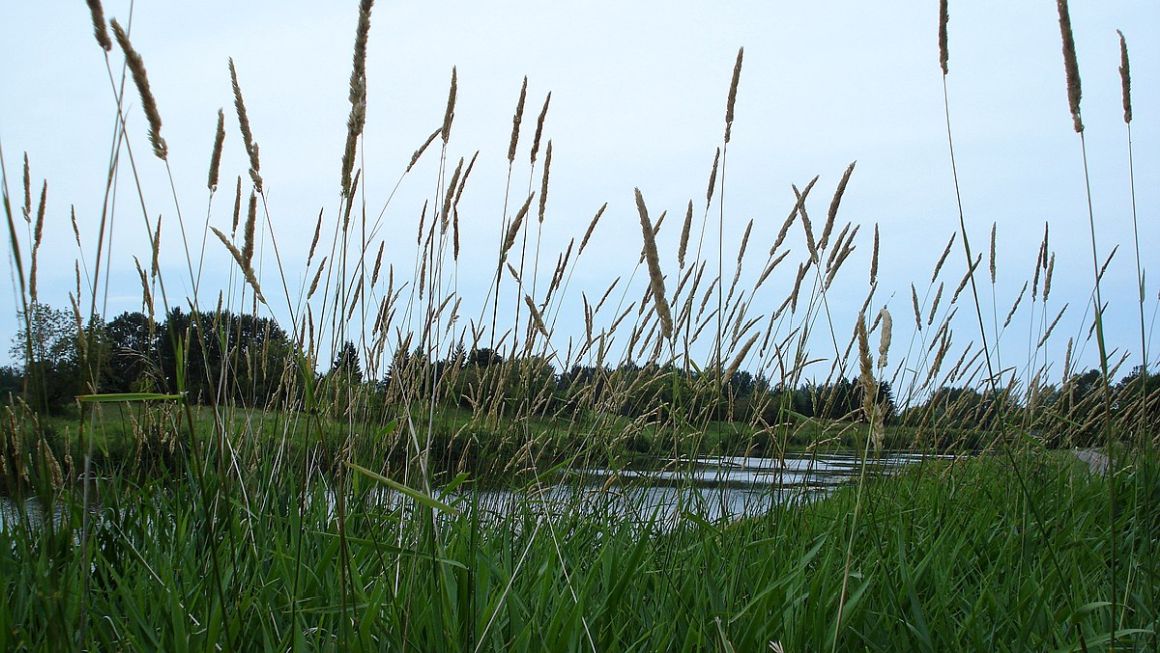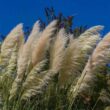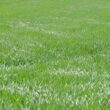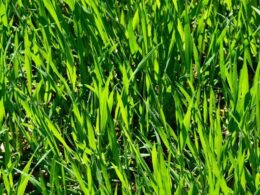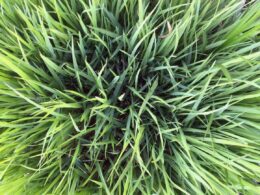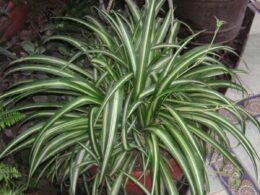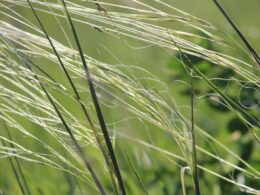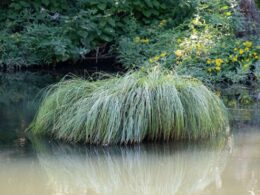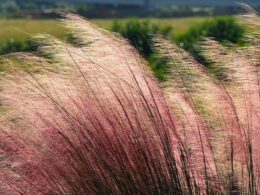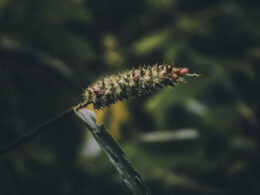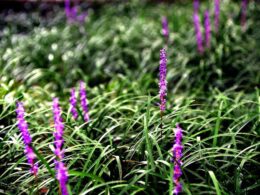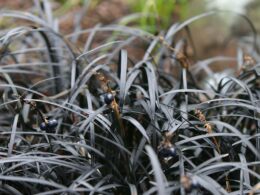Reed Canary Grass Appearance
Reed Canary Grass is a perennial grass which grows in dense clumps which can grow up to 5 feet tall. The leaves of this plant are long and slender with a sharp, pointed tip. The stem of the Reed Canary Grass is also very long, and can be as much as 5 feet in length. The seed head is a panicle that can be up to 11 inches long and has few branches. The stems are large and hairless. Reed Canary Grass produces small flowers that are arranged in loose panicles at the ends of its branches that can be cream, white or pinkish. It has a transparent ligule.
Reed Canary Grass Habitat and Distribution
Reed Canary Grass is an extremely invasive species that was once used for livestock forage in the U.S.A., and is now found all over the world. It is a native plant to Europe, Asia, and North Africa, but it can be found nearly everywhere else in the world. It is a plant that thrives in wetland environments, such as bogs, swampy areas as well as meadows.
When Does Reed Canary Bloom?
Reed canary blooms from May to mid-June. The blooms are found in spikelets at the top of the plant. The seed heads are easily dislodged by wind or water movement from their stalks, so it spreads rapidly across lakes. It spreads by both seed and rhizome, which means that you have to be careful about how you control it.
Reed Canary Grass: Why Is It a Problem?
Reed canary grass can be a problem as an invasive plant. It is especially problematic in wetlands because it spreads so rapidly. Once it gets going in an area like a wetland or riparian area, it changes the soil profile by adding a lot of organic matter from its roots and dead stems. This change in the soil chemistry makes it harder for native species to grow there. In areas where reed canary grass has invaded natural areas, it forms dense stands that crowd out other plants. These dense stands create a problem for other plants because they block light from reaching those plants.
Reed Canary Grass Control
Weeds such as reed canary grass, which is invasive and spreads by seed, will make it hard for other plants to grow in their areas. It’s important that you get rid of the weeds before they take over your garden.
Prevent Seeds From Germinating
The first step to controlling reed canary grass is to prevent seeds from germinating. You may need to remove the existing plants with a shovel and disc before proceeding with other methods of control.
Pulling Reed Canary Weeds
One of the most effective methods is hand pulling. To pull reed canary grass by hand, you’ll need a pair of gloves and a shovel. You’ll also need a large plastic bag or container to store the plant material in. When you’re pulling reed canary grass by hand, it’s important to remove as much of the root system as possible. If any of the roots are left behind, they will grow back
Chemical Methods
One of the first things that you should do is keep the canary grass weeds from spreading by pulling them up before they go to seed. You can also use chemical control (herbicide) such as glyphosate or imazapyr to help eliminate this type of weed. If you have a garden with many reed canary grass plants, you may need to use a combination of both methods in order to completely get rid of them.
Reed Canary: Best Growing Conditions
Reed canary grass is a perennial grass that grows well in wet areas, such as the low spots in your lawn. It is tolerant of high levels of moisture and will tolerate flooding for extended periods.
The best growing conditions for reed canary grass are in full sun and moist environments with low or no competition from trees or other species.
Soil and Temperature
This plant prefers acidic soils, but will grow in basic soils as well (pH below 6). It has been found growing in acidic and alkaline soils, rich and poor soils, and even wet and dry soils. In fact, Reed Canary Grass can tolerate a wide range of soil conditions and prefers full sun, but will also tolerate some shade. It grows best when temperatures are between 60-95 degrees Fahrenheit with the soil moisture is constantly high, however, it can adapt to different growing environments easily.
Psychedelic Properties of Reed Canary Grass
Reed Canary Grass has been used for centuries as a source of food for livestock, but it can also be a source for the hallucinogenic alkaloid such as the one found in DMT. Although the concentration is much lower, large quantities can be used to make a psychoactive brew.
The Use Of Reed Canary Grass
Reed canarygrass is a worldwide invasive species and can cause problems in many wetland habitats, but it is also prized for its beauty and hardiness and is grown as an ornamental plant. It grows best in wet soil and full sunlight, and most easily propagates where water levels rise and fall over time. Due to its wide distribution, it offers plenty of options for gardeners looking to improve their soil quality and add diversity to their landscape.
Hay and Forage
Reed canary grass is most often used as hay or forage because it’s highly digestible, meaning it provides lots of energy for animals. The leaves are also long enough that when the plant is cut for hay, the leaves do not break off into smaller pieces that can be inhaled by livestock (a danger with some other types of grasses).
Erosion Control
Reed canary grass is especially useful in areas where erosion control is necessary; due to its dense roots, it’s able to hold soil in place. It’s also used by farmers as a catch crop to restore nutrients back into the soil after crops have been harvested.





